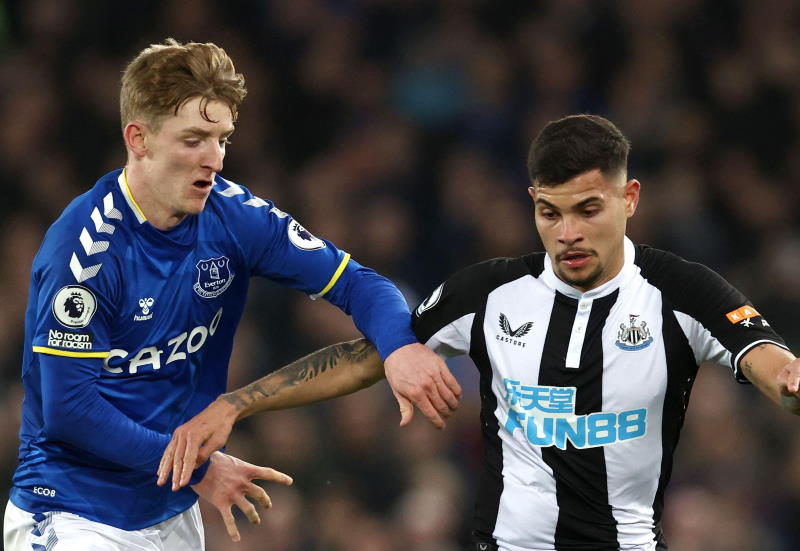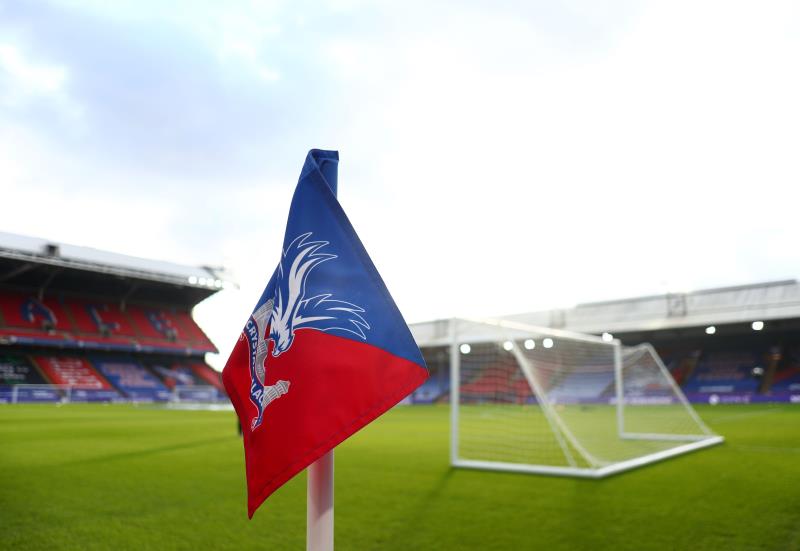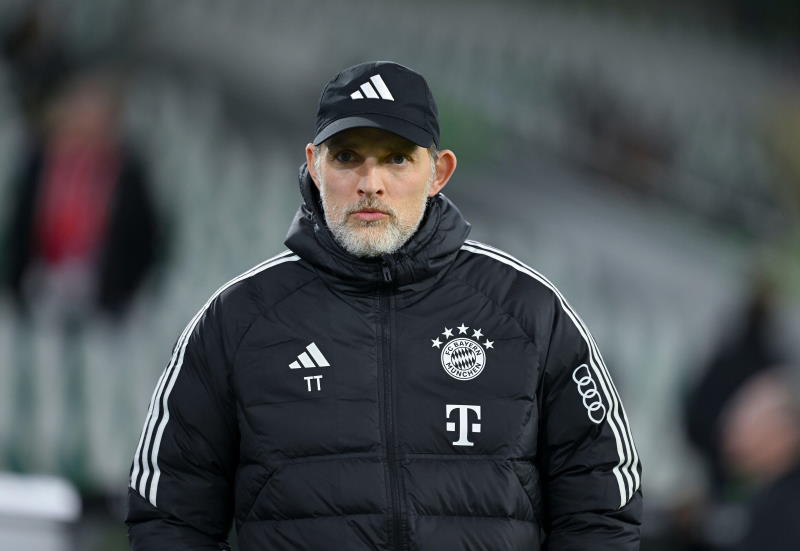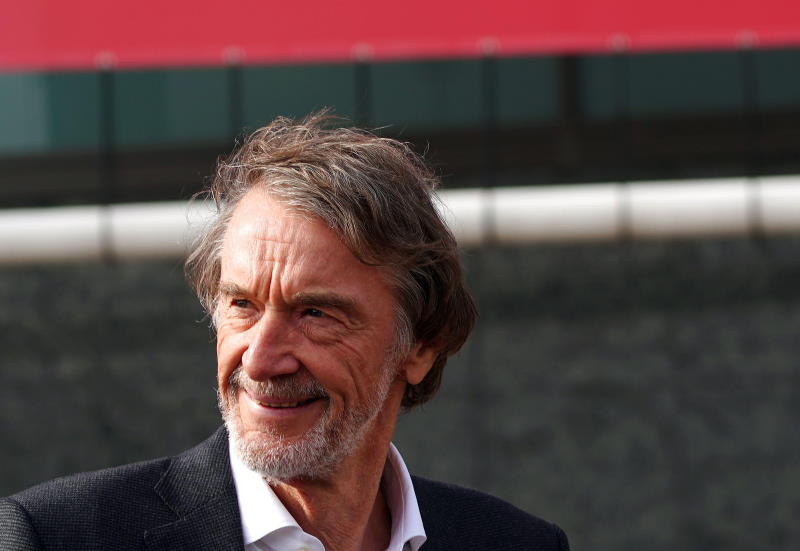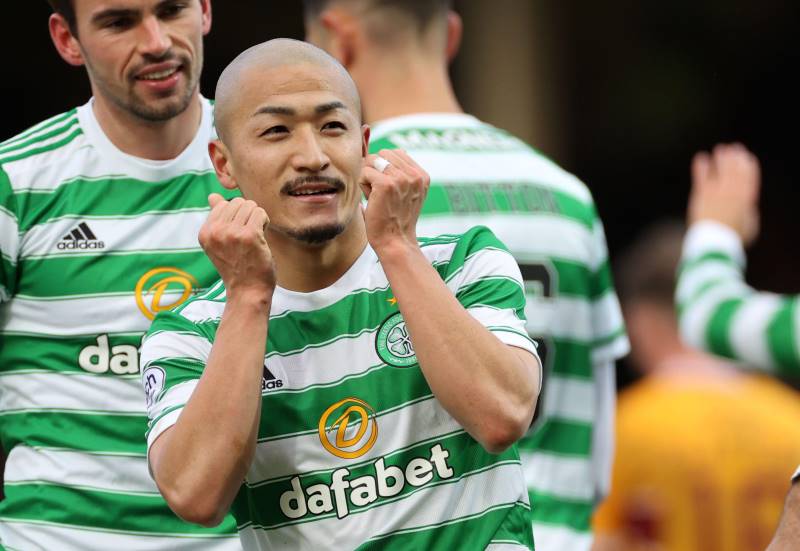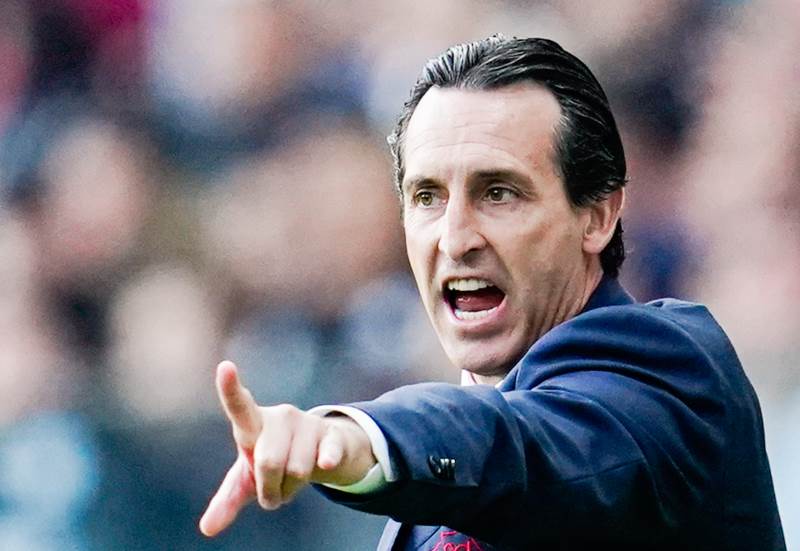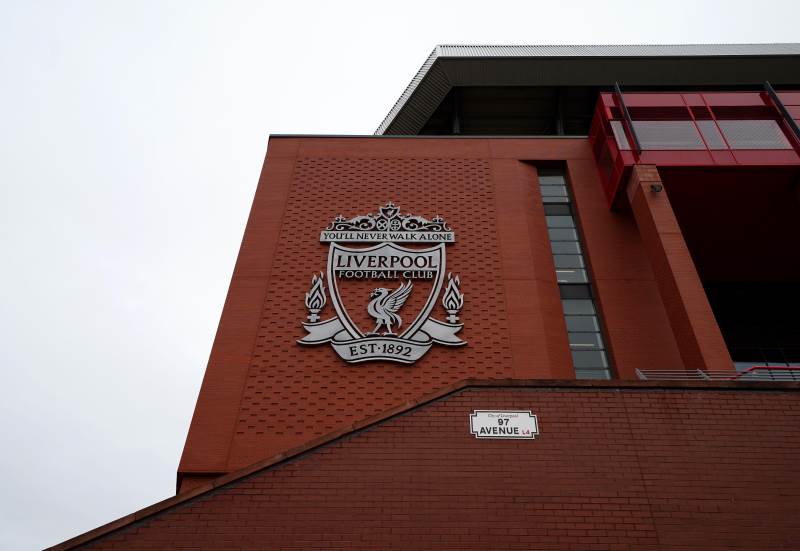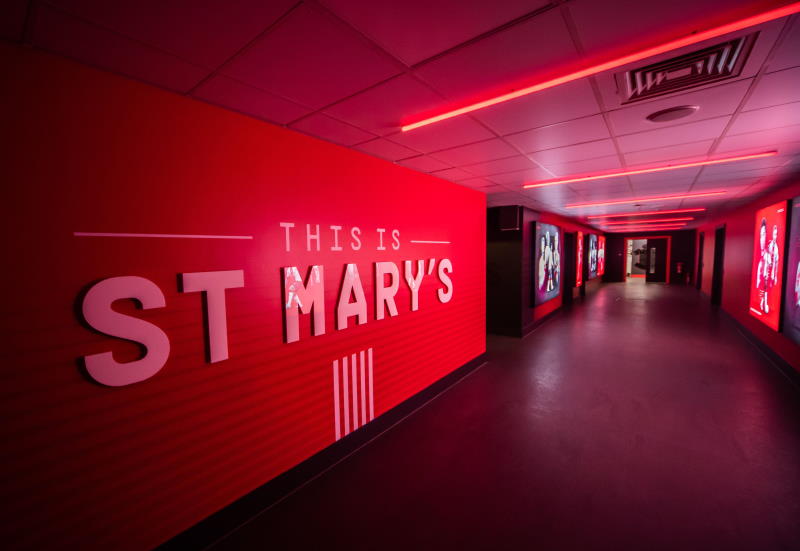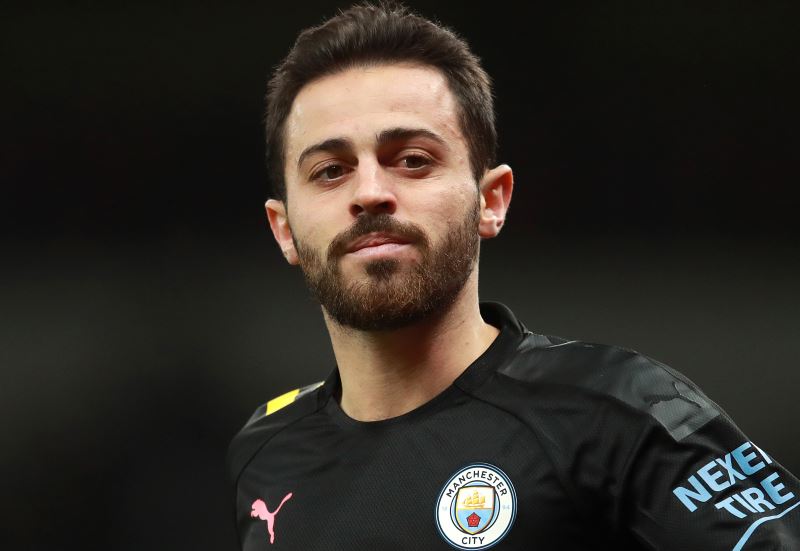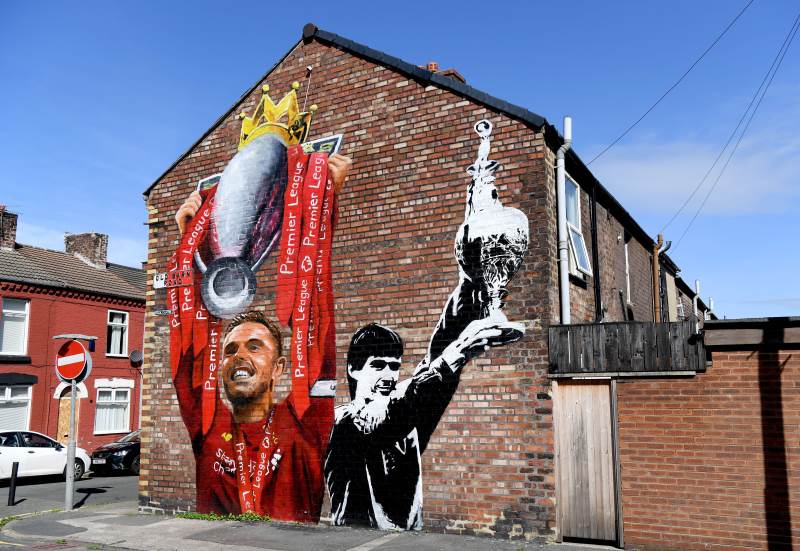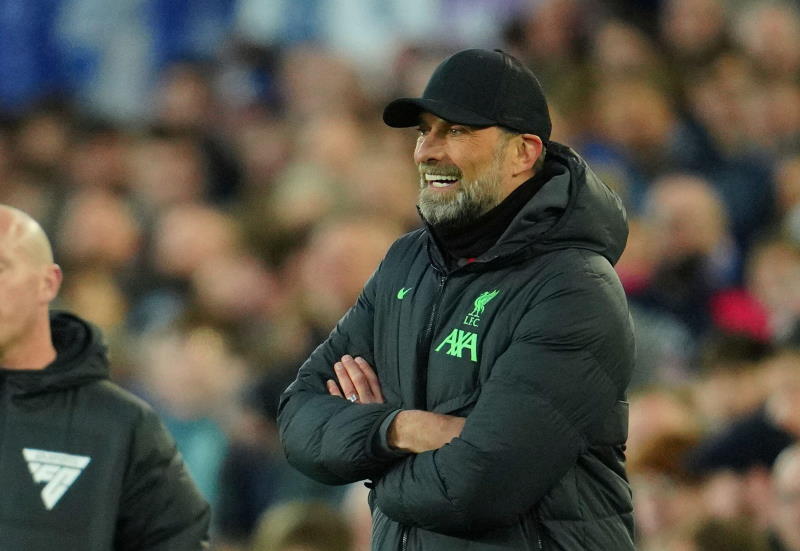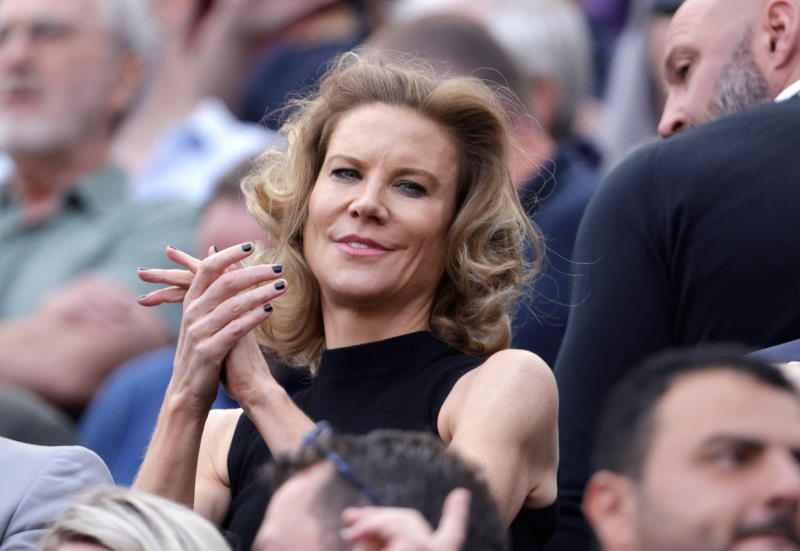
Mark Sochon
The 2010/11 Apertura in Argentina was completely dominated by two sides, but it wasn’t Boca Juniors, River Plate or indeed any of the traditional big five clubs who set the standard. Estudiantes of La Plata and Velez Sarsfield from western Buenos Aires were both hugely impressive in a title race that went right to the wire and ended with Estudiantes triumphing after a stunning finish to the season.
A sizeable margin of 11 points in just a 19-game campaign between runners up Velez and third placed Arsenal told its own story in a season in which the country’s so called "big clubs" continued to underperform. For the fourth Primera Division campaign in a row none of the five “grandes” made the top three positions. Argentina’s established powers have never endured such a baron run since the game turned professional in 1931 and the likes of Estudiantes de La Plata are now seriously threatening to break up the sacred order of Argentine football.
Unlike some of the other surprise packages over recent years such as Atletico Banfield and tiny Godoy Cruz from Mendoza Province, Estudiantes have had their fair share of glory days. The club’s first domestic title came in 1967 was followed by an incredible three successive Copa Libertadores wins. There were also back-to-back Primera Division titles in the early 1980s, but the La Plata club have rarely been able to maintain a consistent challenge.
Their current turnaround in fortunes can be traced back to 2006 when former Argentina international Diego Simeone took the helm and persuaded his La Albiceleste team-mate Juan Sebastian Veron to turn down offers from Boca Juniors and River Plate, to return to the club at which his career began, after an 11 year absence. Veron, whose father was an integral part of Estudiantes’ triple Libertadores winning side, had an instant impact inspiring his hometown club to a shock 2006/07 Apertura title. In arguably the form of his life, Veron is still one of the top players in South American club football and a hugely influential figure at the Estadio Jorge Luis Hirschi outfit where he continues to play an active off-pitch role, even digging into his own presumably deep pockets to help improve the club’s facilities.
The Estudiantes captain has provided a measure of stability, which has greatly contributed to recent successes despite regular managerial and playing staff changes, as well as the use of several different home grounds while a new stadium is built. The defending champions will need his calming influence again as the side looks to deal with the shock resignation of coach Alejandro Sabella which came a little over a week before the start of the 2011 Clasura.
The appointment of Sabella as manager in March 2009 proved to be an inspired move when he delivered Los Pincharratas’ fourth Copa Libertadores just months after taking charge. The 56-year-old, in his first full managerial post, guided Estudiantes through a hugely successful spell which included coming within minutes of beating La Liga giants Barcelona in the FIFA Club World Cup final and an impressive 2010 domestic campaign during which the club amassed 15 more points than their nearest rivals.
A strong defence and the likes of tough-tackling Rodrigo Brana in midfield provided the foundations for their Apertura win with just eight goals conceded – only one at their temporary home 40km away in Quilmes. While title rivals Velez rely heavily on the goalscoring prowess of forwards Santiago Silva and Juan Manuel Martinez, Estudiantes regularly line up without a natural striker. This approach has been unfairly labelled as negative and overly reliant on a set piece threat to score goals, especially when compared to an entertaining Velez side. Top scorer Gaston Fernandez may only have netted six times, but there are goal threats all over the team and with 15 different players getting on the scoresheet during the Apertura triumph, Estudiantes ended up with only one goal less than Velez. Attacking flair was provided by the likes of Fernandez, 24-year-old Argentina international winger Enzo Perez and Veron who continues to roll back the years.
Despite injury problems and suspensions Sabella managed to maintain a consistency in style and performance no matter who was selected in an unforgettable season for the Estudiantes faithful which saw them beat all of the five grandes including a famous 4-0 win at El Monumental against River Plate in December.
The performance of the team was all the more remarkable given the extent of the clear-out that took place following the 2010 Clasura campaign. Long serving Marcos Alberto Angeleri and star striker Mauro Boselli left for the English Premier League while Argentina international Jose Sosa joined Napoli. Defenders Clemente Rodriguez and Christian Cellay both moved north to Boca Juniors. The departure of such key players, combined with Veron turning 35 led to legitimate questions over whether Estudiantes could still be a serious force. And despite making some shrewd acquisitions Sabella received very little of the money brought in after letting his star names depart. Indeed, this lack of reinvestment looks to have played a major part in his decision to walk out. The recent sale of highly rated 20-year-old centre back Marcos Rojo, a key figure in the Apertura triumph and the reported refusal of his requests to buy a striker may have been the final straw.
The cost of building of the new Estadio Jorge Luis Hirschi in La Plata is one reason why so little in the way of funds have been made available to invest in the squad. The imminent move back to a newly renovated stadium will, in the long term, be good for Estudiantes and should boost already healthy home crowds, but given the club’s 100% Apertura home record in Quilmes there will be a degree of sadness at leaving their adopted home.
Fans and players alike will be frustrated Sabella couldn’t have stayed on to enjoy what looks to be a bright future, especially given the success the side has managed to achieve during a period of relative instability off the pitch. The timing of his decision too seems strange given the coach had established his own side playing and winning his way and had another Libertadores campaign to look forward to. A move to the high pressure environment of one of the struggling so-called bigger clubs would be a risky one and Sabella would need time managers in Argentina rarely get in order to turn any of the clubs around. While with strong ties to River Plate he will surely end up at El Monumental one day, for the time being a move to Europe looks more likely for the much travelled Argentine, who spent two decades as assistant to Daniel Passarella in Italy, Brazil, Mexico, back home with River and the national side for their 1998 World Cup campaign. It is possible that Sabella is regretting a late start in management and is keen to progress a promising career while maybe sensing he has taken Estudiantes as far as he can.
Despite their troubles, Boca Juniors and River Plate will undoubtedly rise again, with the latter having a good chance of resurrecting themselves in the 2010/11 Clasura. However, the days of the five grandes from Buenos Aires totally dominating the Primera Division increasingly look to be over, and even the Argentine Football Association is finally making attempts to reverse the country’s hugely centralised football culture. July will see Copa America football come to the distant northern cities of Jujuy and Salta as well as Mendoza and Santa Fe which are both now home to established Primera Division sides. These are certainly interesting and unpredictable times in Argentina and given that the last eight Primera Division campaigns have resulted in eight different champions, it is anyone’s guess how the Clasura will pan out.
Estudiantes have been the most consistent club over recent seasons and looked well set to challenge again, but the departure of their coach comes as a massive blow and whoever comes in may find it almost impossible to emulate Sabella’s ability to achieve success while regularly losing their best players.

